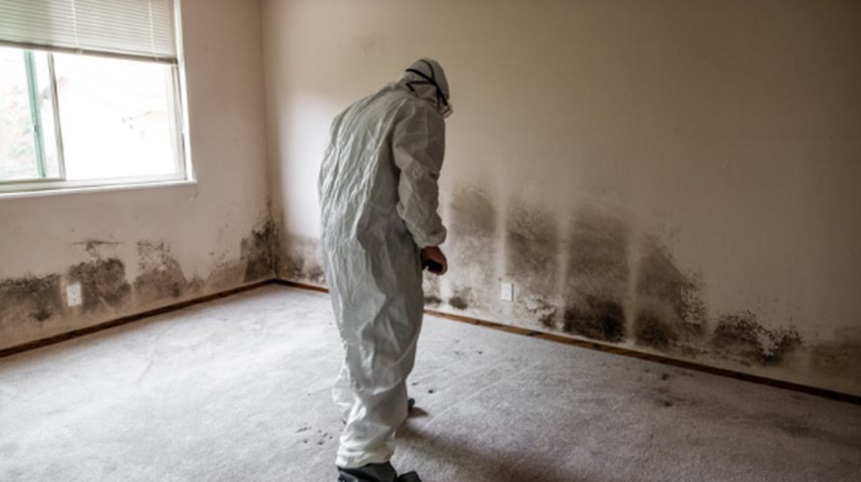How Mold Inspections Improve Air Quality in Your Home or Office

The air you breathe indoors plays a significant role in your health, comfort, and productivity. Mold, often growing unseen behind walls or beneath flooring, can seriously compromise that air quality. Whether at home or at the workplace, unnoticed mold growth can contribute to allergy flare-ups, chronic coughing, fatigue, and more. One of the most effective ways to maintain a clean, breathable indoor environment is by scheduling a mold inspection in Atlanta before any issues worsen.
Identifying Hidden Airborne Threats
Mold spores are microscopic and can easily spread through your HVAC system, carpets, and ventilation ducts without being seen. These spores degrade air quality and may trigger symptoms in even the healthiest individuals. A professional inspection detects areas of concern early, often before any visible signs appear, helping you resolve problems before they escalate.
Certified inspectors know where to look and use specialized tools to track down problem spots you might otherwise miss—such as beneath cabinetry, around window seals, or inside air vents.
Inspection vs. Testing – Understanding the Nuance
Many people confuse mold inspection with mold testing, but these processes serve different purposes. Inspections are generally a visual and moisture-based assessment to identify potential problem areas, whereas testing involves lab analysis of collected samples to identify specific mold species and spore concentrations.
The value of an inspection lies in its ability to identify conditions that support mold growth. In fact, understanding the difference between mold inspection and testing helps you take the right next step toward improving your indoor air.
Supporting Better Health and Comfort
Poor air quality can silently impact your day-to-day life. Mold inspections allow for timely intervention, reducing the likelihood of mold spores circulating indoors. People who suffer from allergies, asthma, or other respiratory issues often report significant relief after mold-affected areas are treated.
Moreover, a professional inspection is far more comprehensive than simply relying on visual clues or odors. Trained specialists understand how to identify early-stage mold growth, moisture buildup, and poorly ventilated areas that could evolve into larger problems. The value of an inspection lies in its ability to identify conditions that support mold growth. In fact, understanding the difference between mold inspection and testing helps you take the right next step toward improving your indoor air.
Long-Term Benefits for Property Value
Beyond health benefits, regular mold inspections also help maintain the value and integrity of your property. Mold can stain walls, damage wood, and even weaken drywall or insulation. By addressing these issues early, property owners can avoid costly repairs and safeguard their investments.
Routine inspections also demonstrate diligence in building maintenance, which can be a valuable asset when selling or leasing real estate—both residential and commercial.
Conclusion
Scheduling a mold inspection isn’t just about reacting to visible signs—it’s a proactive step in preserving the air quality in your living or working environment. From early detection to long-term health and structural benefits, professional inspections play a vital role in ensuring your space remains safe, clean, and breathable. Don’t wait for symptoms to arise; prioritize your air quality. A professional inspection gives you peace of mind, knowing your property is free of hidden threats. It also allows you to create a healthier, more productive environment for everyone who enters the space. Whether it’s your home or office, regular mold inspections are a smart, preventative measure that pays off in both comfort and cost savings over time.
